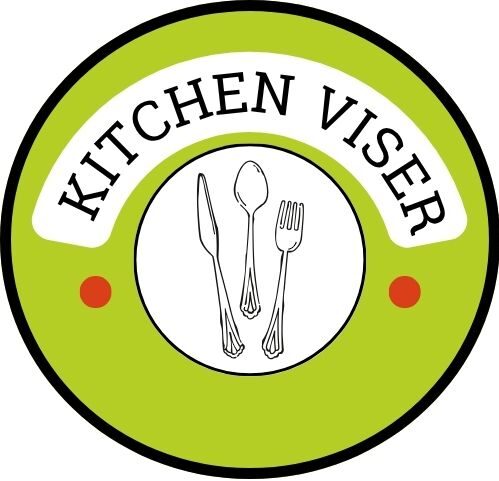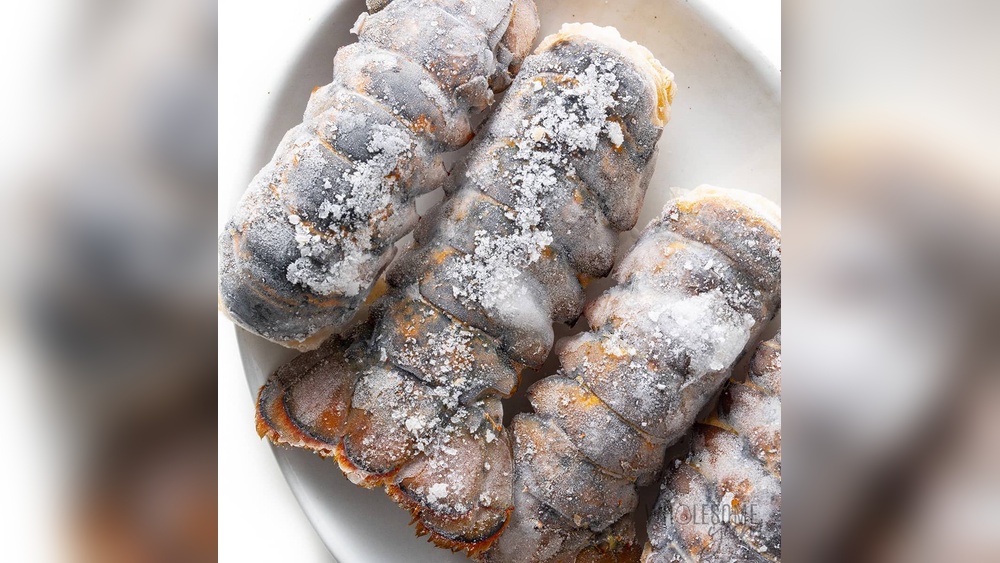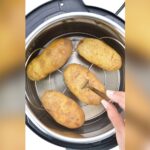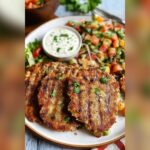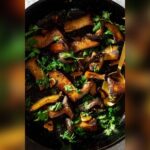Craving a delicious lobster meal but only have frozen lobster on hand? You’re in the right place.
Cooking frozen lobster might seem tricky, but with the right steps, you can enjoy tender, flavorful lobster without the hassle. Whether you want to steam, bake, or boil, knowing how to handle frozen lobster properly will save you from tough, rubbery meat or uneven cooking.
In this guide, you’ll discover easy tips to thaw and cook your lobster perfectly every time, making your next seafood feast a true success. Ready to impress yourself and your guests? Let’s dive in!

Thawing Frozen Lobster
The cold water bath method is a safe way to thaw frozen lobster quickly. Submerge the lobster in a sealed plastic bag into a bowl of cold water. Change the water every 30 minutes to keep it cold. This method usually takes about 1 to 2 hours, depending on lobster size.
The cold running water method involves placing the lobster under cold tap water. Keep the water running gently and avoid hot water to prevent cooking the lobster. This method is faster but needs close attention and can take 30 to 60 minutes.
Safety tips for thawing are very important. Always keep the lobster cold to avoid bacteria growth. Do not thaw lobster at room temperature. Use these water methods only, and cook the lobster immediately after thawing for best results.
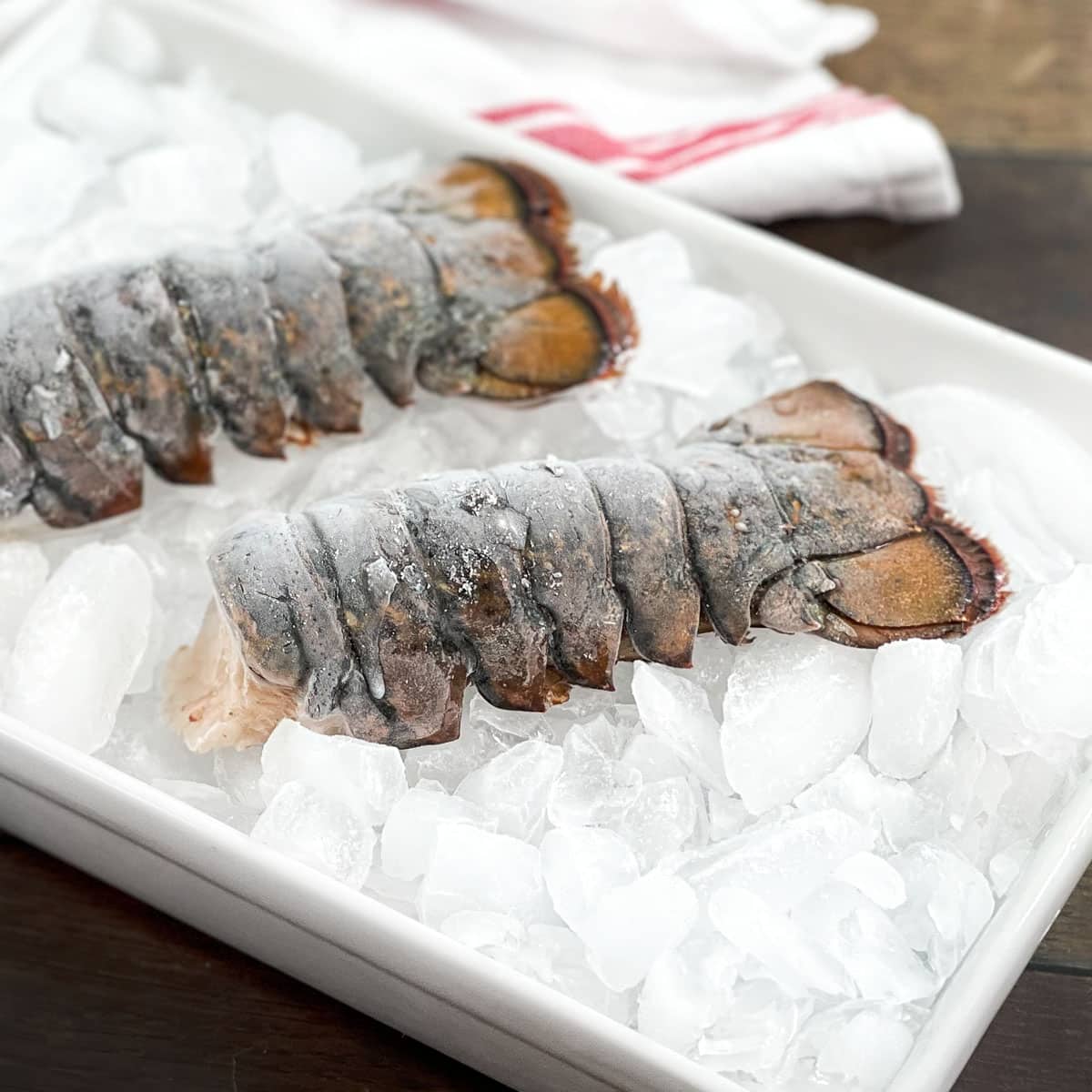
Preparing Lobster For Cooking
Start by slicing the lobster tails down the middle of the shell. Use a sharp knife and cut carefully to avoid damaging the meat inside. This makes it easier to season and cook evenly.
Brush the lobster meat with oil such as olive oil or melted butter. This helps to keep the meat moist and adds flavor. Sprinkle your choice of seasonings like salt, pepper, garlic powder, or paprika for extra taste.
Make sure the seasoning covers the meat well but not too thickly. The oil also helps the spices stick better. This simple step improves the lobster’s texture and flavor during cooking.
Cooking Techniques
Baking lobster from frozen requires wrapping it in foil to keep moisture. Place lobster on a baking sheet and heat at 350°F for about 25-30 minutes. Check if the meat is opaque and firm before serving. This method cooks lobster evenly and keeps it tender.
Broiling lobster brings out a rich flavor and crispy edges. Place lobster halves on a broiler pan, brush with butter or oil, then broil about 5-7 minutes. Watch closely to avoid burning. The meat should turn white and slightly browned on top.
Steaming lobster is gentle and helps retain the lobster’s natural juices. Use a pot with a steaming rack and add water below. Steam frozen lobster for about 10-15 minutes until the shell turns bright red. This method keeps lobster juicy and soft.
Boiling lobster cooks it quickly and evenly. Bring a large pot of salted water to a boil, then add lobster. Boil for 8-12 minutes depending on size. The shell will turn red and the meat should be firm but not rubbery. Drain well before serving.
Cooking Frozen Lobster Without Thawing
Cooking frozen lobster without thawing can cause uneven results. The outside cooks faster and may become tough. Meanwhile, the inside stays frozen or undercooked. This can lead to rubbery texture and less flavor.
Some try steaming or boiling frozen lobster directly. It is possible but not ideal. The cooking time is longer, and it is hard to get a good texture. For better taste, thaw lobster first.
When to consider cooking frozen: if in a hurry or no time to thaw. Use methods like steaming or boiling. Check the lobster often to avoid overcooking.
Risks of cooking from frozen:
- Uneven cooking
- Rubbery or tough meat
- Longer cooking time
- Less flavor and texture
Checking Doneness
Use a food thermometer to check the internal temperature of the lobster. It should reach 140°F (60°C) to be safe and fully cooked. Insert the thermometer into the thickest part of the lobster tail or claw.
Visual signs help too. The meat turns from translucent to opaque white. The shell color changes to bright red or orange. The texture should be firm but not rubbery.
Press the lobster meat gently. It should feel springy and separate easily from the shell. Avoid overcooking, which makes the meat tough and dry.
| Check | Done Means |
|---|---|
| Temperature | 140°F (60°C) |
| Visual | Opaque white meat, bright red shell |
| Texture | Firm, springy, separates from shell easily |
Serving Tips
Avoiding overcooking is key for tender lobster meat. Cook lobster just until the shell turns bright red and the meat looks white and opaque. Overcooked lobster becomes tough and rubbery, ruining the experience.
Use a timer to control cooking time. Check lobster meat early by gently cutting into the thickest part. Stop cooking as soon as it’s done to avoid dryness.
- Serve lobster with melted butter or lemon wedges for extra flavor.
- Pair with simple sides like steamed vegetables or rice.
- Use fresh herbs like parsley or dill to add a fresh taste.
- Warm sauces such as garlic butter or herb sauce complement lobster well.
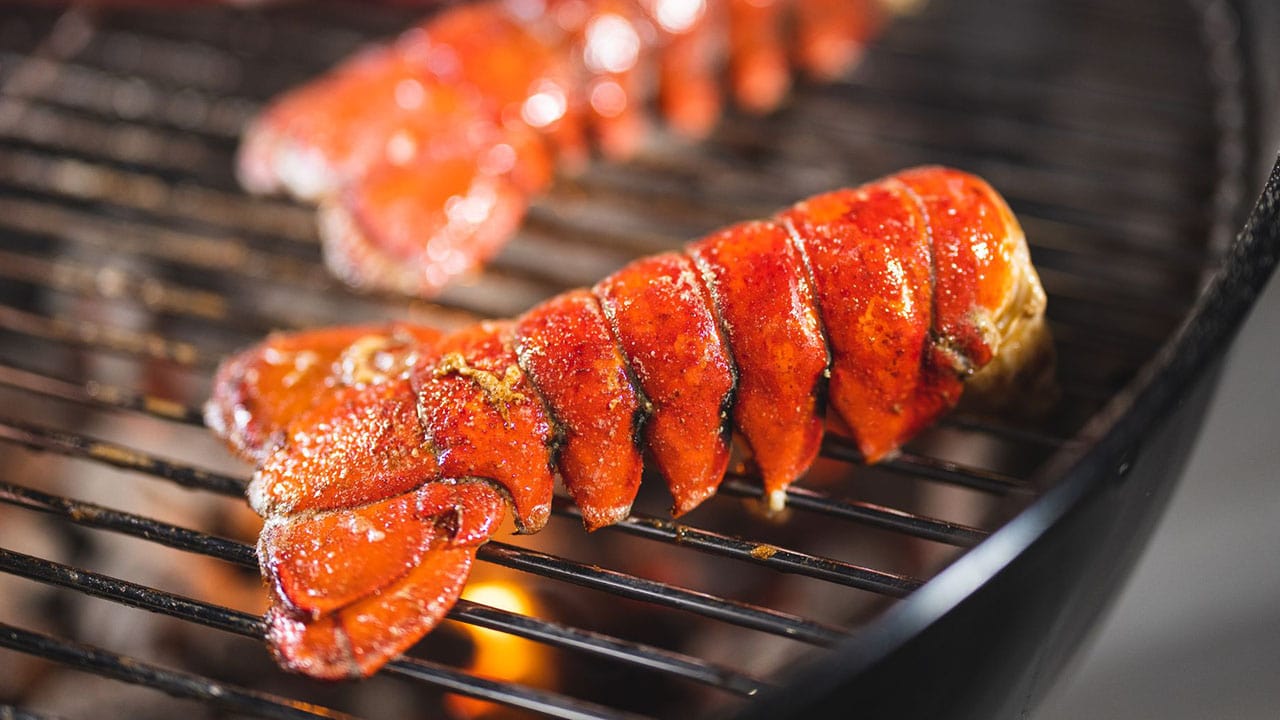
Frequently Asked Questions
Can You Cook Lobster From Frozen?
Yes, you can cook lobster from frozen, but thawing first ensures even cooking and better texture. Cooking frozen lobster risks overcooking outside and undercooking inside. For best results, thaw lobster safely in cold water before steaming, boiling, baking, or broiling.
Do You Have To Defrost Lobster Before Boiling?
Thaw lobster before boiling for even cooking and better texture. Boiling frozen lobster risks overcooked exterior and undercooked interior.
How To Thaw Lobster Quickly?
Place lobster in a sealed plastic bag. Submerge in cold water. Change water every 15 minutes. Thaw takes about 30-60 minutes. Cook immediately after thawing for best results.
Is Frozen Lobster Any Good?
Frozen lobster retains good flavor and texture if properly thawed before cooking. Cooking directly from frozen may cause uneven doneness. Thawing ensures even cooking and tender meat, making frozen lobster a convenient and tasty option when handled correctly.
Conclusion
Cooking frozen lobster can be simple and rewarding. Always thaw lobster first for even cooking. Use steaming, boiling, baking, or broiling methods as you prefer. Watch cooking times closely to avoid tough or rubbery meat. Fresh, tender lobster makes any meal special.
Enjoy your delicious lobster with confidence and ease.

Yes, working as , Food Blogger and Product Reviewer for last 6 years. Here you will get amazing deals for Smart kitchen products. I am your best source for the latest update in cooking trends. I provide insightful articles, reviews, and analysis on cutting-edge kitchen gadget. My mission is to empower readers with the knowledge they need to stay ahead in a rapidly evolving coking world. Join me as we explore the future of food technology and how it shapes our lives today and tomorrow.
